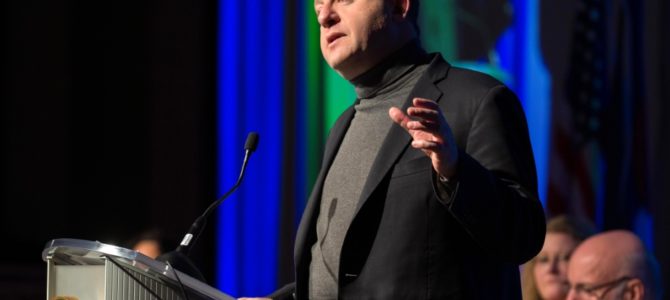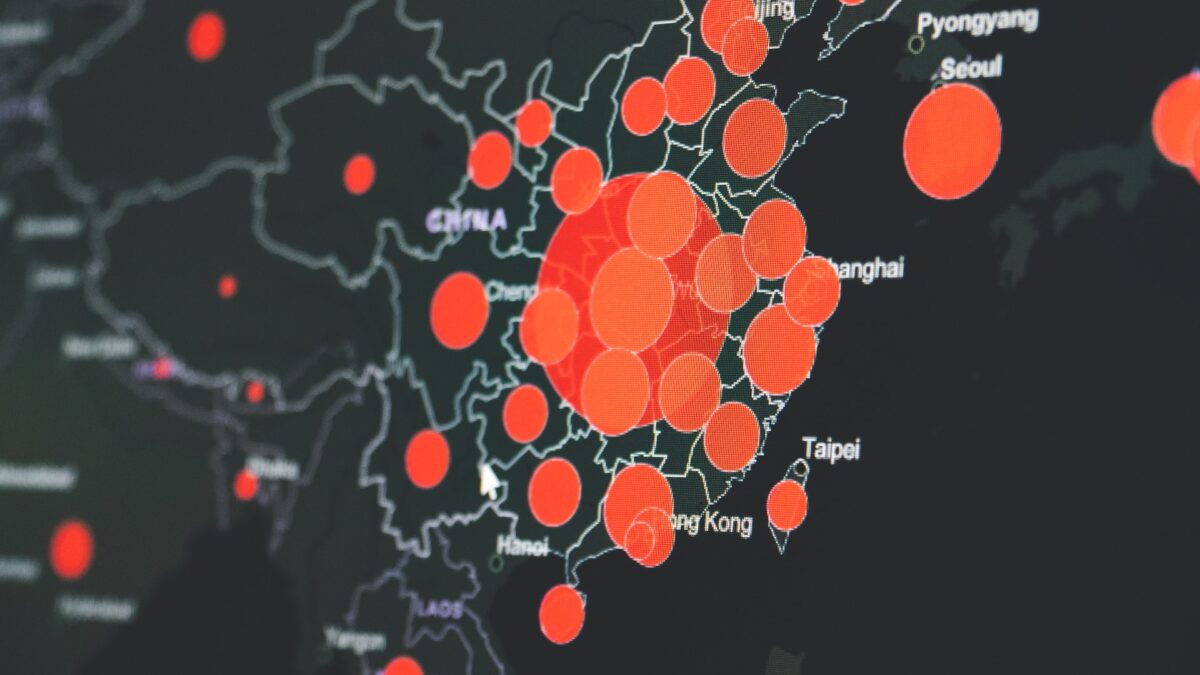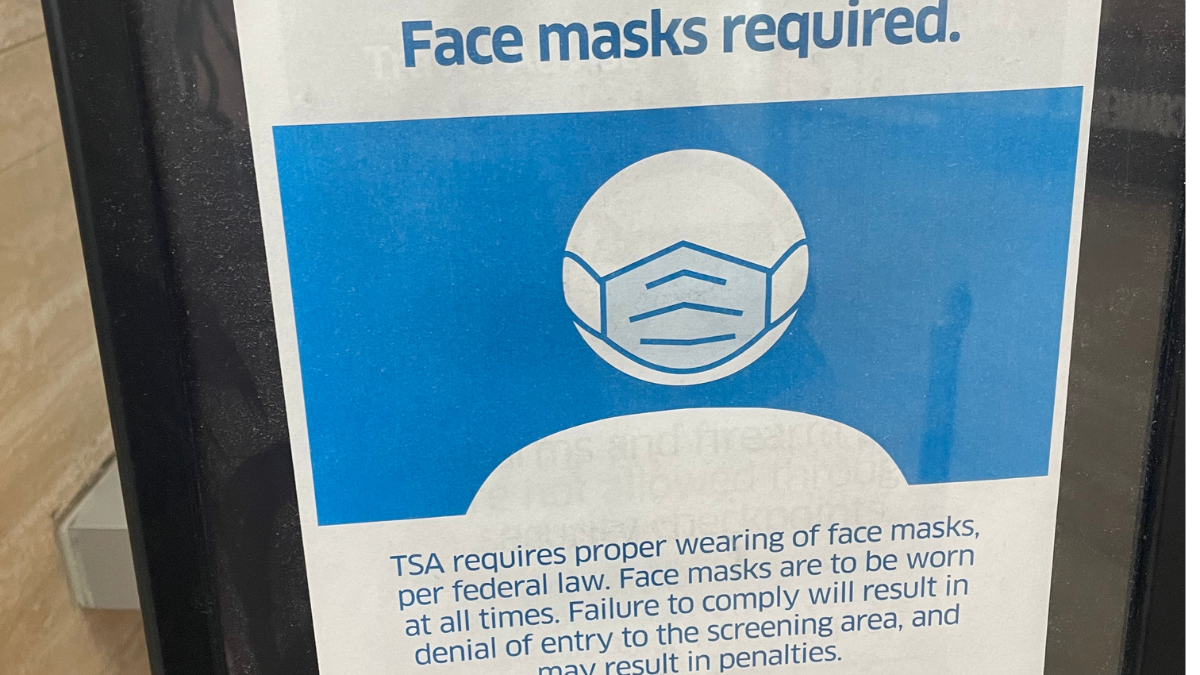
Within the high plains and Rocky Mountains of Colorado lies the world’s epicenter of COVID-19. New Jersey and New York have experienced enough COVID deaths per million citizens to place them first and second on the list of countries hardest hit by the virus if they were independent nations (each has experienced around 1,700 COVID deaths for every 1,000,000 citizens).
Even so, they’re nothing compared to Colorado. Italy, at near 600 deaths per million, would be a welcome relief relative to the devastation that awaits Colorado. This is because, in Colorado, the governor and his advisors say their policies are staving off a massive 12,480 deaths per million.
To put the potential carnage in perspective, Colorado Gov. Jared Polis says if his fellow Coloradans returned to pre-pandemic life they would experience more than seven times the death rate of New York and more than 21 times the death rate of Italy. The governor and his health department are saying a staggering 96 percent of people would catch COVID-19 and 45,000 people would require intensive care as a result. Colorado currently has just over 1,000 ICU beds. As such, they are implying almost 72,000 people would die — one out of every 80 people in the state.
While the United States and rest of the world panicked in response to a widely followed — subsequently discredited — Imperial College London report predicting 2.2 million U.S. deaths if we did nothing, Colorado’s modelers, led by Dean Jonathan Samet of the Colorado School of Public Health, determined that 2.2 million dead was too low. Samet and his team created a report for Polis on April 6 that showed Colorado’s no-mitigation fatalities would be above 80,000. Applying their simulated death figures to the entire United States would mean 4.5 million Americans would die from COVID-19.
On several occasions, Polis has presented Samet’s modeling as the basis for his decisions regarding restrictions. Samet also appeared along with Polis at the governor’s press conference on July 9, where Polis referred to Samet as “Colorado’s Dr. Fauci” and his model as “informing state decisions.”
It is painfully clear that Polis looks to Samet and his wildly pessimistic model for advice on how to run Colorado. “The modeling work is incredibly important,” Polis stated, reiterating that Samel’s work was the basis for choices made “in state and county health departments.”
To his credit, Samet and his group produced an app of their model and made it available to the public. Using the app, you can turn social distancing to zero and see cumulative deaths spike to more than 70,000. But don’t worry, if 100 percent of Coloradans wear masks, the 70,000 drops to around 68,000 (which shows what the modelers think of masks). I asked Samet if these many deaths were realistic in a Facebook live Q and A on July 30 and he confirmed that if no mitigation efforts were taken, he believes 70,000 Coloradans would die.
How could Polis have such faith in a model? Well, primarily because it is never wrong — in fact, it’s designed that way. The model predicts outcomes that range from no one needing a hospital bed to everyone needing one. Then, whatever number of hospitalizations occurs, the model spits out a social distancing value that Coloradans must have been practicing to cause such numbers. Since social distancing is hard, if not impossible, to quantify for the entire state, the relationship between social activity and hospitalizations assumed in the model is never questioned, rendering the model de facto infallible.
The Samet model Polisis using is, in essence, a modern-day equivalent of making human sacrifices to gain favor with the gods. If it doesn’t rain, the ancient modelers would simply say there weren’t enough sacrifices. Today’s modelers simply say there wasn’t enough social distancing. Neither system questions the claimed underlying cause-and-effect relationship.
The consequences of such a model and the Colorado governor’s complete faith in it are myriad and universally negative. The model is why Polis requested 10,000 ventilators, yet Colorado’s maximum usage was 471. The model is why Colorado spent tens of millions of dollars to convert the Colorado Convention Center into a hospital that never saw a single patient.
While Colorado currently sits with a total of fewer than 2,000 COVID fatalities, the threat of 70,000 additional deaths implies a limitless pool of fatalities to draw upon when any restriction is eased. This “reality” has transformed Polis into an arbiter of death. Every decision he makes concerning lockdowns is, in his mind, a balance between freedom and the grave.
For example, Polis recently mandated the state’s universal “last call” for alcohol to be moved to 10 p.m. to try to fine-tune the effects of COVID-19. Presumably, an 11 p.m. last call would result in too much death, while 9 p.m. would sacrifice too much fun. “The state of inebriation in a public place is inconsistent with social distancing,” says Polis, “This is not the summer to party. It’s the summer of no parties.”
Another detrimental effect of such beholden reliance on the Samet model is that if there are any spikes in any COVID-19 metric, Polis believes something must be done otherwise tens of thousands will die. This is why Polis mandated masks when only 273 of Colorado’s 12,000-plus hospital beds were occupied with COVID-19 cases.
By far the worst effect, however, is that since 70,000 dead would be too much to bear, the only acceptable alternative is, as stated by Polis, to stay in some sort of lockdown until there is a “cure or vaccine.” So, despite all the early buzzword talk of “slowing the spread,” “flattening the curve,” and, more recently, hoping for herd immunity, Colorado is now officially shut down until we get a miracle.









